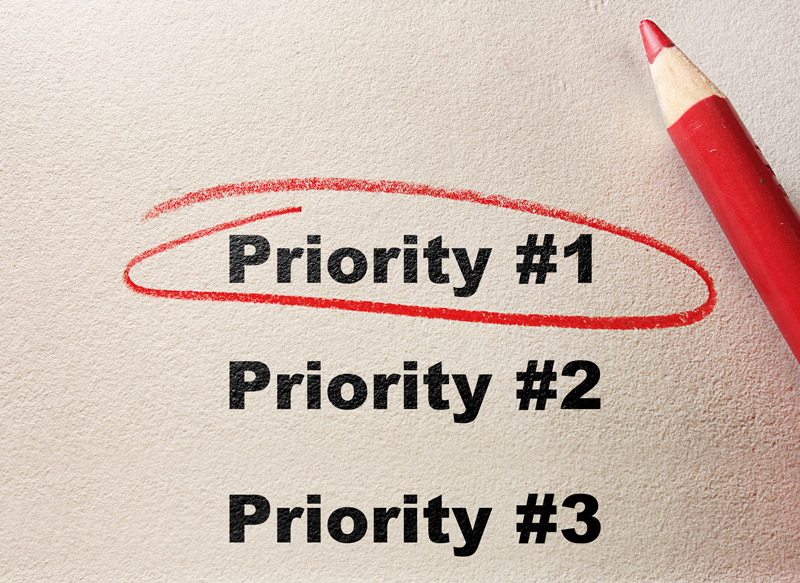While I was leading a strategy workshop, the leading executive and I thought it would be good to start the day with a team building exercise. This exercise put the participants in a fictional situation where they had to work together as a group to problem solve, prioritize, and come to a consensus to succeed in the position they were placed in. During this workshop a more junior and quieter team member offered a solution more than once during the conversations. The group continued discussions, with a few voices and opinions overtaking the group and the direction of project. They wrapped up their answers, we concluded the “project” part of the workshop to discover that the team did not solve the problem and survive the situation they were in.
In this exercise, my role as facilitator was to step back and watch the situation unfold. I could provide reminders such as “have we heard” everyone’s input as well as give reminders on the overall task of the project. As we went through the answers it became apparent that the group failed and did not reach the intended target. While the quiet voice was correct, louder more authoritative figures took over and the solution fell to the wayside. Eventually, the individuals with the more outward personalities realized their answers were not correct and in turn looked at the problem in a different way. Through the discussion, everyone saw the direction that it could go and the plausibility that there could be better answers than what was first thrown out.
As leaders, team members, friends, and family members we often get ideas in our head of a direction and a way something should go. During this time, we do not stop to listen to other information, instead we charge ahead trying to have others listen to our point of view and sway them to our way of thinking. Or on the flipside, we have things to say, even the correct answer in a situation and we are unsure of ourselves, afraid of failure, scared of rejection so we stay quiet, we don’t share, we speak softly, and watch things unfold.
Fault lies on both sides, those who dominate should listen to other ideas while others should speak up more so their voice could be heard. So, what are ways we can open the lines of communication?
Awareness
Be aware there are others with answers that can be better than your own. Pay attention to your surroundings and team members to make sure that you include those who have not spoken yet. Their input on missed details, information provided, or ideas can bring answers that may not have been considered.
Understand
Be understanding that your opinion as well as that of others bring value to the problem, the initiative, and the team as whole. Teams get further when they understand the advantage of having different personalities and viewpoints come together to establish the best conclusion for that moment in time.
Approach
Being aware of and understanding the differences in your team should lead you to approach your encounters differently. Changing your mindset to come into every meeting and communication platform knowing the value of insight from different players, personalities, and perspectives especially when making major or impactful decisions.
Environment
To support this communication, create a safe environment for feedback, one where everyone can feel comfortable giving their opinion. When sharing ideas there is no right or wrong answer, just a mechanism for input and ideas towards reaching your goals and solving your issues.
Processes
There are times when you need to make quick decisions and there are times when you can be more methodical and strategic in what you are building. Make input and feedback not only part of your organizational process, but a process to gain buy in and insight into all that you do.
When pursuing initiatives there may not be “one right answer” and at the end of the day the person leading the project, team, or organization will have to make the final decision and be held responsible for its outcome. However, having all voices be heard helps gain buy in from the team, gives a new insight and can propel a new level of innovation, creative thinking, and project momentum while positioning your team towards success.
Melissa helps teams better understand each other, develop their culture, optimize their talent, and maximize strengths when developing strategies and plans for their organization.



